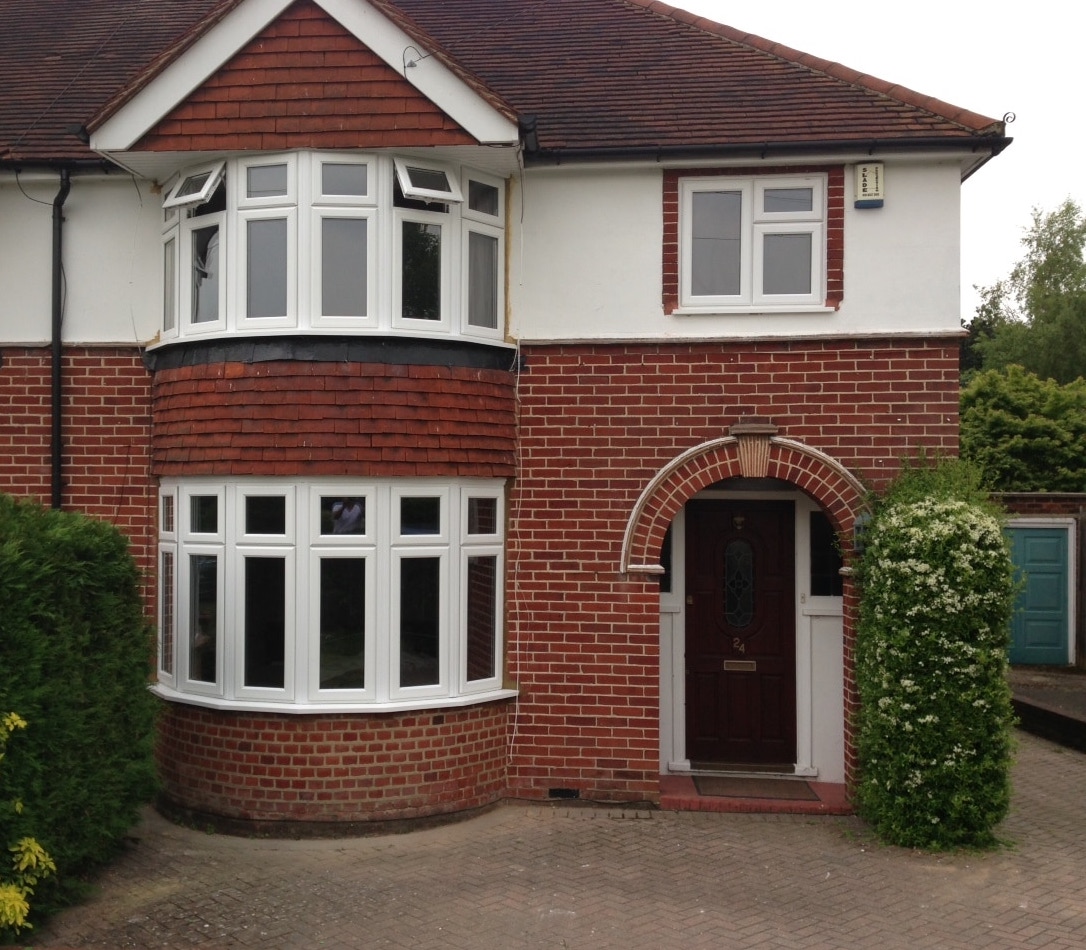Understanding Residential Bay Windows: A Comprehensive Guide
Bay windows have actually embellished homes for generations, lending both visual appeal and practical benefits. Characterized by their special structure that protrudes from the main walls of a building, these windows change an easy space into a dynamic, interesting area. This post looks into the allure of bay windows, exploring their types, advantages, and practical considerations for homeowners.
What Are Bay Windows?
Bay windows are a combination of 3 or more windows set at angles to create a recess in the wall. They are normally composed of a main big window flanked by 2 smaller ones, forming a "bay" or nook. This architectural feature might be found in various designs, including traditional, Victorian, and modern homes, and frequently protrudes outwards, supplying extra space and natural light.
Kinds Of Bay Windows
- Canted Bay Windows: These are the most common type, including a central window that extends outwards at a 30 or 45-degree angle with smaller sized windows on either side.
- Box Bay Windows: This type forms a box-like structure; the front is generally rectangle-shaped, while the side windows open at right angles to the wall.
- Oriel Bay Windows: Often discovered on upper floorings, these windows do not touch the ground, supported by brackets or corbels.
- Circle Bay Windows: Featuring circular shapes, these windows develop a softer appearance. They are less common and are typically utilized to boost specific architectural designs.
Benefits of Bay Windows
The addition of bay windows can substantially enhance a home's design and performance. Below are some advantages that property owners delight in:
- Increased Natural Light: Bay windows enable for more sunshine to get in living areas, reducing the need for synthetic lighting and producing a brighter environment.
- Boosted Aesthetics: With their architectural beauty, bay windows can elevate the visual appeal of a home, increasing its market price.
- Expanded Space: The extending structure creates a lovely nook for seating, plants, or storage, successfully increasing functional area without needing substantial remodellings.
- Improved Views: Bay windows typically offer more comprehensive sightlines, allowing house owners to delight in the surrounding scenery more completely.
- Ventilation Opportunities: When designed properly, bay windows can enhance airflow throughout a space.
A Quick Overview: Advantages of Bay Windows
| Advantage | Description |
|---|---|
| Increased Natural Light | More sunshine causes a brighter home |
| Enhanced Aesthetics | Elegance increases property value |
| Expanded Space | Deals additional locations for seating or storage |
| Improved Views | Larger views of the outdoor landscape |
| Ventilation Opportunities | Better air flow causes a fresher atmosphere |
Design Considerations for Bay Windows
When contemplating the installation of bay windows, homeowners must think about various aspects related to design, products, and positioning:
1. Architectural Style
- Guarantee the bay window complements the existing style of the home, keeping a cohesive appearance.
2. Material Choices
- Common materials include wood, vinyl, aluminum, and fiberglass. Each has its own visual appeal, maintenance needs, and insulation homes.
3. Window Configuration
- Choose the arrangement of the windows (e.g., double-hung, casement, or picture windows) based upon lighting, ventilation, and architectural cohesiveness.
4. Roof and Finishing
- Consider adding a roofing system over the bay window for protection and enhanced aesthetics. Options consist of gabled, curved, or flat roofing systems.
5. Area
- The placement of the bay window ought to take into consideration the sun's path, neighboring structures, and views.
Frequently Asked Questions (FAQs)
1. Are bay windows expensive to install?
- The cost varies based on size, products, and design intricacy. While preliminary expenses might be higher than basic windows, they typically offer long-term benefits in regards to energy effectiveness and home resale value.
2. Can I install a bay window myself?
- While DIY installation is possible for skilled people, it is typically recommended to employ a professional to guarantee proper design, sealing, and structural stability, especially if changes to the home's exterior are involved.
3. How do bay windows impact energy efficiency?
- Properly set up bay windows can enhance energy efficiency by making the most of natural light and minimizing heat loss. Think about picking energy-efficient glass and window frames to minimize utility expenses.
4. What home furnishings work well with bay windows?
- Property owners typically choose integrated seating, such as benches, cozy cushions, or decorative plants to take advantage of the prolonged area.
5. Do bay windows require special maintenance?
- Routine cleaning of the glass and looking for any water damage or sealing concerns are necessary. The particular upkeep routine depends upon the materials utilized.
Residential bay windows are more than just a charming architectural information; they use a variety of benefits that can raise both the functionality and look of a home. While consideration of style, cost, and maintenance is essential, the long-lasting advantages often exceed the preliminary financial investment. Whether boosting visit this hyperlink or including a modern twist to a contemporary design, bay windows act as a classic option for house owners wanting to purchase their spaces.
In summation, bay windows can change any living area, supplying appeal, convenience, and a connection to the world exterior. As house owners evaluate their options, it's clear that these enchanting functions are deserving of factor to consider in both design and planning.

